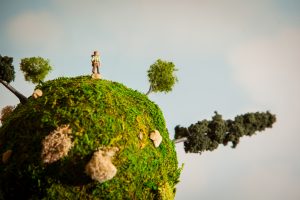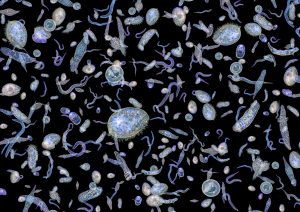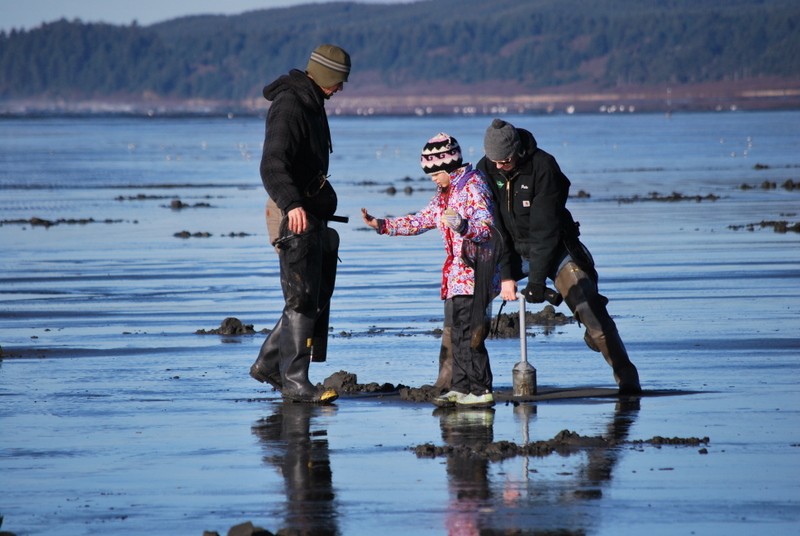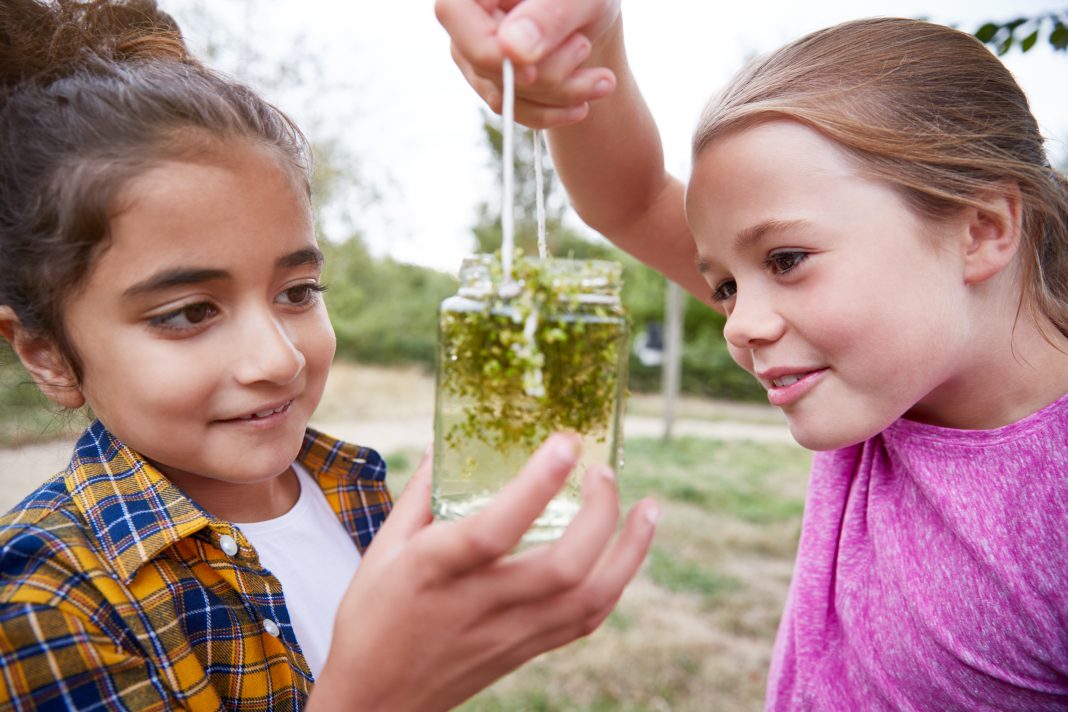Submitted by WET Science Center
Look closer at anything and you can experience a whole other world. Stare deep into a flower like a bumblebee. Peer through grass like an ant scouting for food. Use a magnifying glass or microscope and see even more of the microscopic world that makes up our planet. Get to know the Teeny Tiny Worlds all around us with this week’s Rediscovering Science at home science activities on our website and in our packet.

You’ll discover a new world when you:
- Build a microbe terrarium.
- Examine plankton of Puget Sound with Pacific Shellfish Institute.
- Explore life within one square foot.
- Become a water bug with South Sound Green.
- Hunt bugs and discover microbes.
Pick up Rediscovering Science packets at the WET Science Center on Tuesday and Thursday 1 pm-5 pm. This week, August 25th and 27th, is the last chance to pick up packets for the summer. Come by and get all the packets you want! Stay tuned to see what we have planned for the school year.
Small but Mighty
There’s a whole universe of information for scientists to discover about the microscopic world. Tiny creatures like insects and plankton make up the basis of the food chain and do so much more! They also break down organic material in our compost, make soil, pollinate plants, and help roots absorb nutrients. Seventy percent of the world’s oxygen comes from cyanobacteria, microscopic organisms known as blue-green algae. Many of our favorite animals in the Salish Sea, from sea stars to crabs to octopus, start out life as tiny larval babies.

At LOTT Clean Water Alliance, billions of microorganisms, also known as microbes, do a big job. Wastewater contains a lot of excess nutrients and chemical compounds from what we flush down the drains in our homes, businesses, and schools. Nutrients like nitrogen can be harmful in water bodies by sparking algal blooms. These blooms can result in depleted oxygen for the plants and animals that live there. Current technology has no way of separating these nutrients and chemicals from the water. This is where mighty microbes rise to the occasion!
As part of the wastewater cleaning process, LOTT provides bacteria with the ideal conditions for microbes to thrive, and to transform harmful nitrogen compounds from wastewater into harmless nitrogen gas. Another microorganism, Methanosaeta, not only breaks down organic material, but converts it to methane gas which is used to create electricity for the WET Science Center! After the microbes have done their jobs, LOTT disinfects the water with UV light before releasing it into Budd Inlet. This final step deactivates any viruses or bacteria that could harm the ecosystem or people.
It is important to remember that there are so many beneficial insects, microbes and tiny organisms out there! Humans use microbes to ferment cheese and yogurt, to make medicine, and conduct scientific research. Microbes in our gut help break down the food we eat. Take the time this week to learn more about the tiny creatures that make a big impact on our world. Find the Teeny Tiny Worlds activities on the Rediscovering Science webpage.




















































